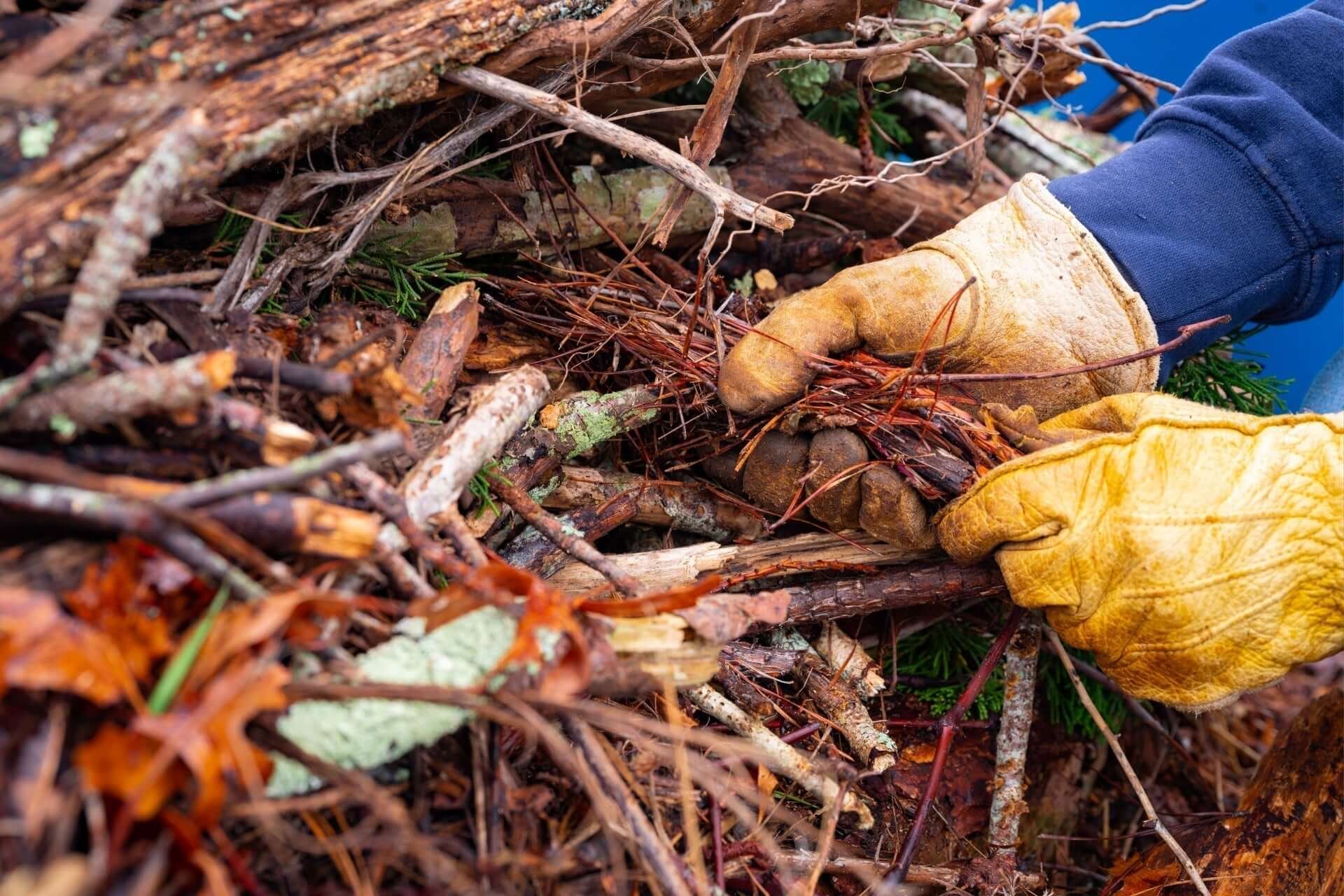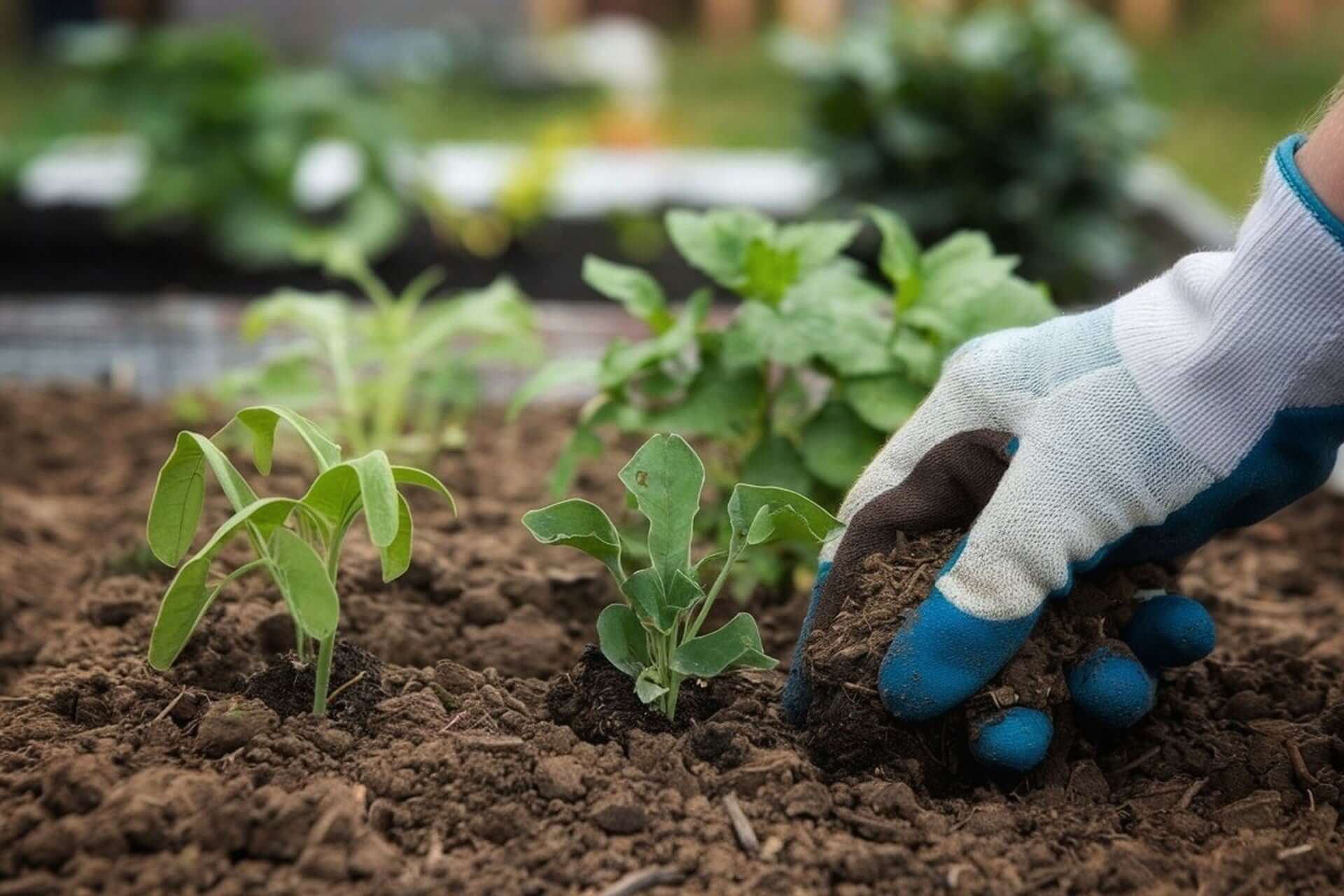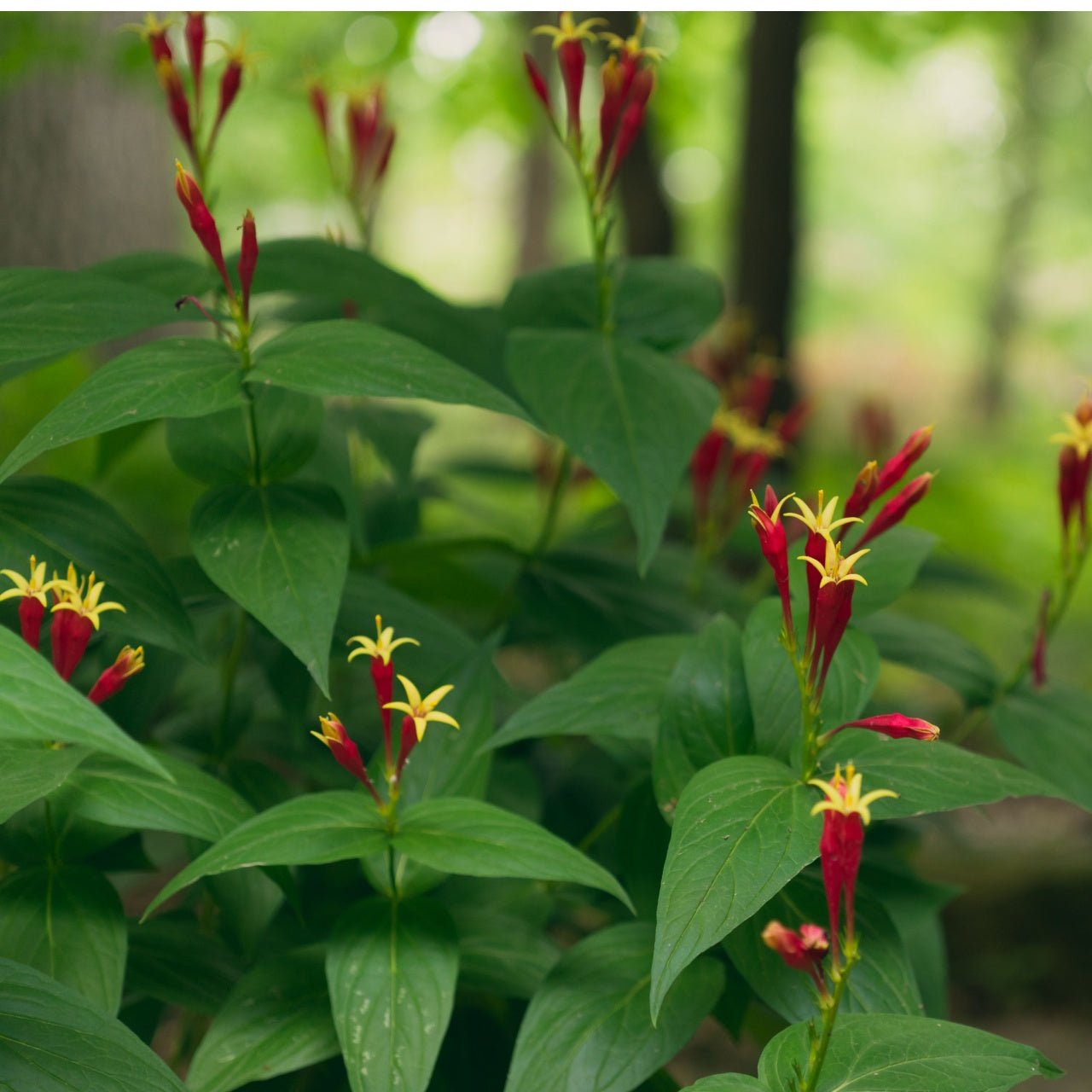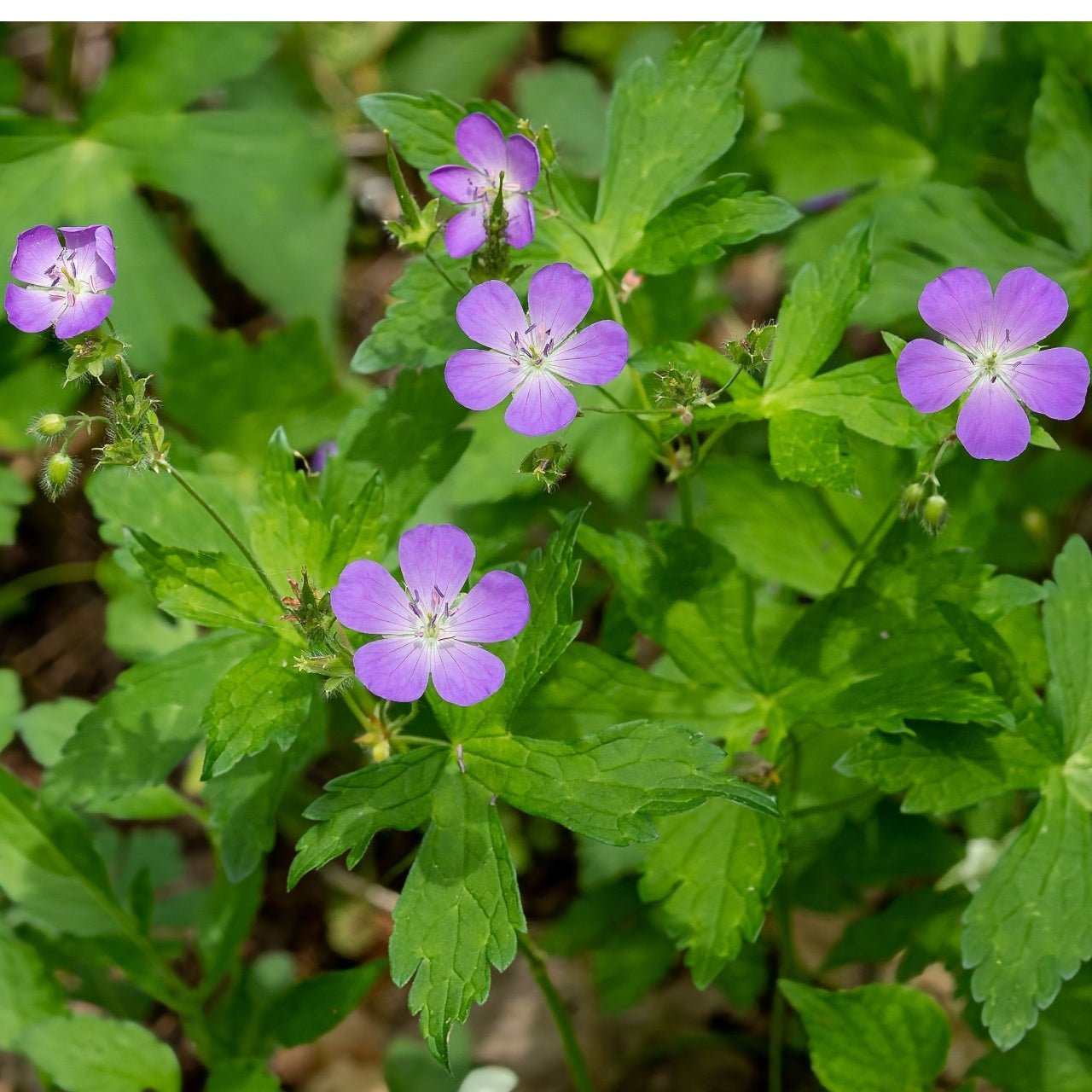Cultivating Ecological Balance: A Regenerative Approach to Gardening
The last few years have seen an increased interest in sustainable practices for cultivating both food and flowers. Traditional gardening techniques have proven effective over time but prioritize immediate crop output over long-term soil and ecosystem health. "Regenerative gardening" emerged as a transformative approach to the current gardening background. Regenerative gardening focuses on advancing current resources through measures that lead to healthier soil and higher biodiversity while creating more resilient gardens. This analysis examines a popular gardening method that can transform our yard maintenance and food production systems.
What Is Regenerative Gardening?
In regenerative gardening, soil functions as a thriving ecosystem, while traditional gardening sees soil mainly as a static structure to support plant growth. This gardening method supports the natural fertility maintenance of soil while encouraging beneficial organisms to develop conditions where plants and various organisms can collaborate to establish a productive mini-ecosystem. Through attention to soil structure, organic matter, and biodiversity, regenerative gardeners achieve healthier crop production while storing carbon, decreasing water consumption, and lowering their need for synthetic fertilizers and pesticides.
Regenerative gardening fundamentally relies on natural processes as its guiding principle. Regenerative practices work to maintain soil structure by avoiding both repetitive tilling and complete clearing of plant debris. The earth benefits from cover crops and compost, which generate an environment that enables soil organisms, including earthworms and mycorrhizal fungi, to thrive. The ultimate benefit is more vigorous plants that exhibit better health and resist common challenges like drought conditions, insect invasions, and plant diseases.

Key Principles of Regenerative Gardening
Build Living Soil: Living soil maintains high levels of biological activity. You can quickly begin by introducing well-aged manure or compost as organic matter to your soil. Organic amendments enhance soil structure while boosting nutrient content and encouraging beneficial microbial growth. The practice of sheet mulching involves layering organic materials, which results in fertile beds that need minimal disturbance as they develop.
Minimize Disturbance: People often view tilling as a simple aeration and ground preparation method. However, continuous soil turning interferes with the intricate network of microorganisms essential for maintaining healthy soil conditions. Regenerative gardeners use "no-till" or "low-till" techniques, where broad forks help loosen the soil without flipping complete layers. This practice protects earthworms, among other vital organisms, that help maintain a balanced soil structure.
Diversity Is Key: Planting large areas with a single crop type or ornamental species leads to rapid soil nutrient depletion and increased pest infestations. Gardens that feature diverse plant species, including vegetables, herbs, flowers, and shrubs, become a habitat for beneficial insects while enhancing nitrogen levels and sustaining balanced ecosystems. The practice of companion planting involves grouping plant species so that they either promote each other's growth or protect one another from pests.
Keep Roots in the Ground: Exposed soil risks erosion and losing nutrients and moisture. Farmers plant crops such as clover, rye, and vetch during their off-season to maintain living roots in the soil. These plants fix nitrogen and suppress weeds while feeding soil microorganisms throughout dormant crop periods. Gardeners should cut cover crops in the spring to spread them as green mulch, which will provide nutrients to the soil for the subsequent planting season.
Integrate Livestock (If Possible): Adding small livestock such as chickens and ducks can benefit your regenerative garden if your backyard allows it. Livestock contributes to soil fertility while helping control weeds and manage insect populations. Through appropriate rotation techniques and detailed planning, animals provide soil and plant benefits without causing compaction or overgrazing.
Environmental Benefits
The ability of regenerative gardening to sequester carbon is its most important benefit. Undisturbed, healthy soil acts as a carbon sink by holding carbon in its organic matter content. Gardeners who use no-till methods, composting, and cover cropping succeed in locking carbon into the soil. This powerful climate change mitigation strategy operates by reducing the atmospheric carbon that drives global warming.
Additionally, regenerative gardens typically require less water. Organic matter in soil improves moisture retention, reducing irrigation demands, specifically benefiting drought-prone areas. The presence of beneficial insects and healthy soil microbes makes pesticide use fall sharply, reducing chemical exposure in ecosystems and human populations.
Community and Personal Benefits
A regenerative garden creates a bond between people and natural cycles while delivering environmental benefits. Working together with soil organisms to care for plants helps people develop a profound understanding of the vibrant ecosystem beneath their feet. Through observation of pollinators and plant interactions with birds and insects, gardeners learn about natural life cycles, including birth and decay. Families and neighbors gather in community gardens to practice regenerative methods and learn about producing healthy food. The produce from these gardens remains rich in nutrients while being free of chemical treatments and exceeds the freshness of supermarket goods. Shared harvests and mutual gardening knowledge in neighborhoods result in better diets and stronger community bonds.
Getting Started
While beginning with regenerative techniques might appear overwhelming initially, it shouldn't seem so. Start small by learning the basic principles: Begin with fundamental practices by applying compost to your beds and mulching the soil while planting diverse crops. Gradually add cover crops to your rotation while avoiding using a rototiller. Monitor your plants and soil because gardening methods that succeed in one garden will need minor modifications for another. Gardeners planning to increase their garden space should consider installing raised beds filled with compost and mulch for more straightforward garden maintenance. Plant native flowers and provide water sources to establish a beneficial insect habitat alongside organic fertilizer options such as worm castings. A small pond or water dish can draw in predatory insects and amphibians that naturally control pests when space allows such additions.
Regenerative gardening represents an opportunity to transform our backyards into flourishing ecosystems while we adopt land-nurturing practices that benefit our environment and personal well-being. These methods leverage soil health improvement, biodiversity preservation, and minimal disturbance principles to create gardens that produce abundantly and maintain ecological balance. Through practices that lower carbon footprints while producing nutrient-rich foods, regenerative gardening demonstrates our ability to work alongside nature to create sustainable and thriving landscapes. All environments can adopt these principles, whether you manage a large farm or maintain a small garden container on your balcony, and this will lead to a healthier world.
Best Plants for Regenerative Gardening
1. Legumes for Nitrogen Fixation
Regenerative gardening practices rely heavily on legumes because they naturally convert atmospheric nitrogen into soil nutrients through biological processes. Peas, beans, clover, and vetch plants establish symbiotic connections with nitrogen-fixing bacteria in their root nodules. The root-associated bacteria transform nitrogen gas into ammonium, which plants can absorb. The cultivation of legumes removes the requirement for artificial nitrogen fertilizers. The leftover organic matter from legumes decomposes when they complete their life cycle or are cut back, which enriches the soil. Legumes create fertile soil while enhancing both soil structure and its ability to retain water.
2. Cover Crops for Soil Health
Regenerative gardening depends on covering crops for soil protection against erosion, weed growth, and their ability to retain essential nutrients. Hairy vetch, winter rye, and buckwheat varieties deliver adequate ground coverage while they enhance soil tilth. The vegetative cover of cover crops maintains topsoil stability by diminishing erosion throughout periods of heavy rainfall. The decomposition process of mature cover crops creates soil conditions that support beneficial microbial life. Through this cycle, humus forms, which stands as stable organic matter essential for maintaining soil fertility. A living root system throughout the year helps sustain mycorrhizal fungi and other crucial soil organisms necessary for maintaining garden health.
3. Dynamic Accumulators for Nutrient Cycling
Plants classified as dynamic accumulators use extensive root systems to extract nutrients from deep soil layers before storing them in their stems and leaves. These plants return nutrients to the topsoil through decomposition or trimming, which makes them accessible to other plants. Comfrey functions as a dynamic accumulator because its deep taproot system extracts potassium, phosphorus, and calcium from the subsoil. Many gardeners practice the "chop and drop" method to spread comfrey leaves across fruit trees and vegetable beds, which helps replenish vital minerals on the soil's surface. Nettles and dandelions are potential accumulators, yet some gardeners consider them weeds. Proper management enables them to perform essential regenerative functions.
4. Pollinator-Friendly Plants for Biodiversity
Regenerative gardening practices extend past soil enhancement to include the development of a diverse and lively ecosystem. A selection of pollinator-friendly flowers provides essential support for bees, butterflies, and other helpful insects. Lavender, echinacea (coneflower), monarda (bee balm), and sunflowers continue to provide essential nectar and pollen for pollinators throughout the growing season. When you include these flowers in your garden beds, you provide a suitable environment for pollinators, which helps boost the production of fruiting vegetables and orchard crops. Plant diversity beautifies gardens and creates a thriving ecosystem where natural predators help maintain pest control.
5. Herbs and Medicinal Plants that Draw Beneficial Insects to Your Garden
Many traditional herbs serve dual purposes in a regenerative garden: People use these plants for cooking and medicinal purposes and draw beneficial insects that control pest populations. The umbrella-shaped clusters of tiny flowers known as umbels that produce yarrow, fennel, dill, and coriander attract predatory wasps and ladybugs, lacewings, and hoverflies. Beneficial insects deposit their eggs next to pests such as aphids, caterpillars, and mealybugs, which help regulate pest numbers naturally without chemical pesticides. Establishing biodiversity in this manner builds self-sustaining ecosystems that maintain resilience and minimize long-term management efforts.
6. Perennial Edibles for Longevity and Soil Stability
A defining feature of regenerative gardening involves prioritizing the use of perennial plants. Perennial edibles establish deep root structures, stabilizing soil and reducing erosion as they do not require annual replanting. Asparagus and rhubarb stand alongside artichokes and perennial herbs such as rosemary and sage, which are examples in this category. Perennial plants in a regenerative garden include fruit and nut trees and berry bushes like blueberries, raspberries, and currants. These plants offer long-term food production while storing carbon in the soil and sustaining microbial diversity through their expansive root systems.
7. Native Species for Local Resilience
Regenerative garden designs must prioritize native plant species for optimal performance. Native species adapt alongside regional climates and soils as well as their natural pollinators, which results in particularly robust and suitable plants. After establishment, native plants become self-sufficient, needing minimal water and soil amendments. Implementing native plants results in a lower workload for gardeners and a reduced ecological footprint for gardens. Native plants create crucial habitats while offering nectar sources to indigenous birds, insects, and other local fauna. Local biodiversity makes your garden more resilient to pests and diseases while improving its ability to withstand environmental stresses.
Regenerative gardening uses a comprehensive method focusing on biodiversity enhancement and ecological balance through soil health improvement. A vibrant and resilient landscape emerges when you choose plants that fix nitrogen and protect the soil while attracting pollinators and establishing stability through perennial root systems. Peas and beans, among legumes, build soil fertility while cover crops, including vetch and buckwheat, preserve the soil and nourish beneficial microorganisms. Comfrey acts as a dynamic accumulator by cycling nutrients through the soil, while pollinator-friendly plants help maintain a balanced insect population. Perennial food plants and local species strengthen garden stability over time while supporting natural regional ecosystems. Together, these plants establish the foundation of a regenerative garden that enables natural harmony, leading to a productive and beautiful outdoor space while remaining sustainable.
Read more

Intensive farming techniques emerged to meet food production demands through substantial input and advanced technology to increase crop yields. These agricultural methods produced remarkable increa...

A sustainable gardening technique that has gained recent popularity among eco-friendly gardeners. Gardeners who use rotting wood can successfully minimize waste while establishing a moisture-preser...





